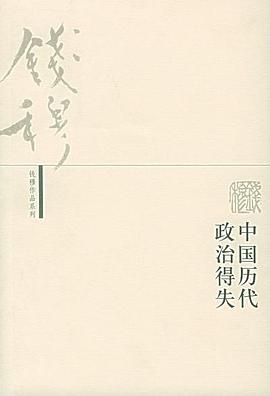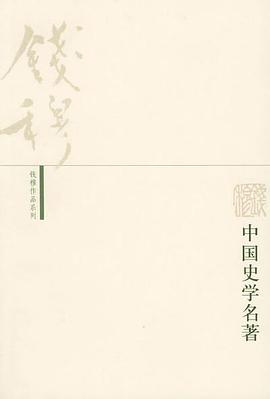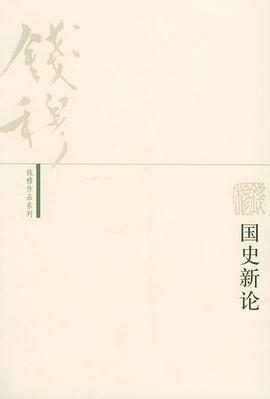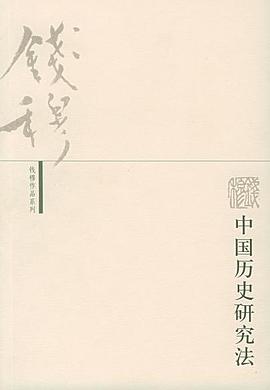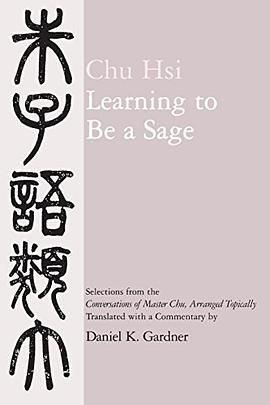国学
中国历史研究法 豆瓣
7.5 (13 个评分)
作者:
钱穆
生活·读书·新知三联书店
2005
- 3
本书由钱穆先生1961年在香港的8次演讲汇集而成,从通史和文化史的总题及政治史、社会史、经济史、学术史、历史人物、历史地理等6个分题言简意赅地论述了中国历史研究的大意与方法。实为作者此后30年史学见解之本源所在,变可视为钱穆先生对中国史学大纲要义的简要叙述。
本书主要意义而分本讲演为八题。最先是讲如何研究通史,最后是讲如何研究文化史。其实文化史必然是一部通史,而一部通史,则最好应以文化为其主要之内容。其间更分政治、社会、经济、学术、人物与地理之六分题,每一分题,各有其主要内容,而以文化为其共通对象与共通骨干。
本书主要意义而分本讲演为八题。最先是讲如何研究通史,最后是讲如何研究文化史。其实文化史必然是一部通史,而一部通史,则最好应以文化为其主要之内容。其间更分政治、社会、经济、学术、人物与地理之六分题,每一分题,各有其主要内容,而以文化为其共通对象与共通骨干。
Learning to Be A Sage 豆瓣
作者:
Chu Hsi
译者:
Gardner, Daniel K.
University of California Press
1992
- 7
Students and teachers of Chinese history and philosophy will not want to miss Daniel Gardner's accessible translation of the teachings of Chu Hsi (1130-1200)--a luminary of the Confucian tradition who dominated Chinese intellectual life for centuries. Homing in on a primary concern of our own time, Gardner focuses on Chu Hsi's passionate interest in education and its importance to individual development. For hundreds of years, every literate person in China was familiar with Chu Hsi's teachings. They informed the curricula of private academies and public schools and became the basis of the state's prestigious civil service examinations. Nor was Chu's influence limited to China. In Korea and Japan as well, his teachings defined the terms of scholarly debate and served as the foundation for state ideology. Chu Hsi was convinced that through education anyone could learn to be fully moral and thus travel the road to sagehood. Throughout his life, he struggled with the philosophical questions underlying education: What should people learn? How should they go about learning? What enables them to learn? What are the aims and the effects of learning? Part One of Learning to Be a Sage examines Chu Hsi's views on learning and how he arrived at them. Part Two presents a translation of the chapters devoted to learning in the Conversations of Master Chu.
